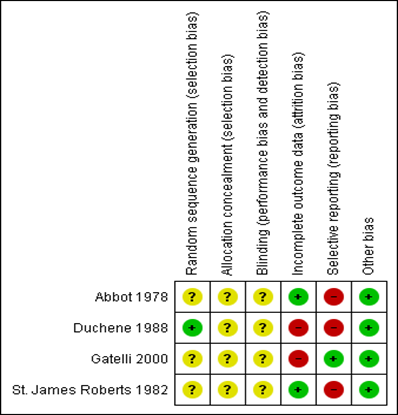Author: Marcela Barragán, BSc in Physiotherapy-Kinesiology, Dpl. in Neuroscience, Cochrane UK Systematic Reviewer, Master in Research Methodology in Sciences
Cell. 591-70639452
Email: barragan.marcela.mbl@gmail.com
Abstract: The childbirth process often involves
significant pain and discomfort, leading to the exploration of
non-pharmacological approaches for its control. In this context, biofeedback, a
technique that enables individuals to regulate physiological responses through
electronic devices, has emerged as a potential tool to alleviate pain during
childbirth. This article provides a thorough review of the efficacy of
biofeedback in this area, based on evidence from the Cochrane Database of
Systematic Reviews.
Introduction: Childbirth, a natural
process, can be accompanied by intense pain and discomfort. While
pharmacological interventions are common for pain relief, non-pharmacological
approaches have gained relevance for their potential benefits. Biofeedback, by
allowing individuals to monitor and control involuntary physiological processes
such as pain perception, aims to empower individuals to modulate their
responses and alleviate pain.
Methods: This review relied on data from the Cochrane
Database of Systematic Reviews to assess the efficacy of biofeedback in pain
management during childbirth. The methodological quality and relevance of the
included studies were analyzed, focusing on key outcomes such as pain
intensity, satisfaction with pain relief, and maternal and neonatal outcomes.
Results: Several studies exploring the use of
biofeedback for pain management during childbirth were identified. While some
reported positive effects on pain perception and coping strategies, the overall
evidence did not conclusively support the efficacy of biofeedback in this
context. Limitations in study design, variability in biofeedback modalities,
and the need for larger, controlled clinical trials for future research were
highlighted.
Risk of Bias in the Included Studies: The main
limitation found when assessing the risk of bias in the included studies was
the lack of necessary information to substantiate planned judgments on this
risk (see Figure 1 and Figure 2).
Figure 1. Risk of bias graph: review authors' judgements
about each risk of bias item presented as percentages across all included
studies.
Figure 2. Risk of bias summary: review authors' judgements
about each risk of bias item for each included study.
Discussion: Despite mixed
findings, biofeedback holds potential as a complement to traditional methods of
pain relief during childbirth. Standardizing biofeedback protocols, conducting
robust clinical trials, and evaluating long-term outcomes are suggested to
clarify its role in the childbirth experience.
Conclusion: In summary,
biofeedback emerges as a non-pharmacological alternative for pain management
during childbirth, although its effectiveness is not fully supported by current
evidence. More research is advocated to better understand the potential
benefits of biofeedback on maternal well-being and childbirth outcomes.
References:
- Barragán Loayza IM,
Solà I, Juandó Prats C. Biofeedback for pain management during labour. Cochrane
Database of Systematic Reviews 2011, Issue 6. DOI:
10.1002/14651858.CD006168.pub2. Enlace: https://www.cochranelibrary.com/cdsr/doi/10.1002/14651858.CD006168.pub2/full
- Rosenfeld I. Dr.
Rosenfeld's Guide to Alternative Medicine. New York: Random House, 1996.
- Simmons SW, Cyna AM,
Dennis AT, Hughes D. Combined spinal-epidural versus epidural analgesia in
labour. Cochrane
Database of Systematic Reviews 2007, Issue 3. DOI:
10.1002/14651858.CD003401.pub2.
- Ullman R, Smith LA, Burns E, Mori R, Dowswell T. Parenteral opioids for maternal pain relief in labour. Cochrane Database of Systematic Reviews 2010, Issue 9. DOI: 10.1002/14651858.CD007396.pub2.
For more
information, please contact Marcela Barragán via email at
barragan.marcela.mbl@gmail.com or by phone at 591-70639452.




.png)



0 Comentarios